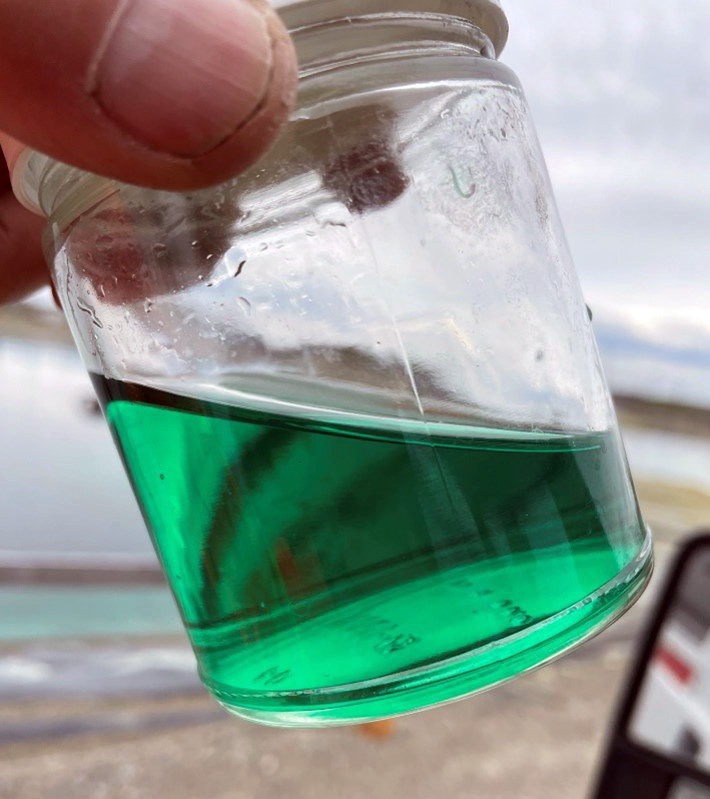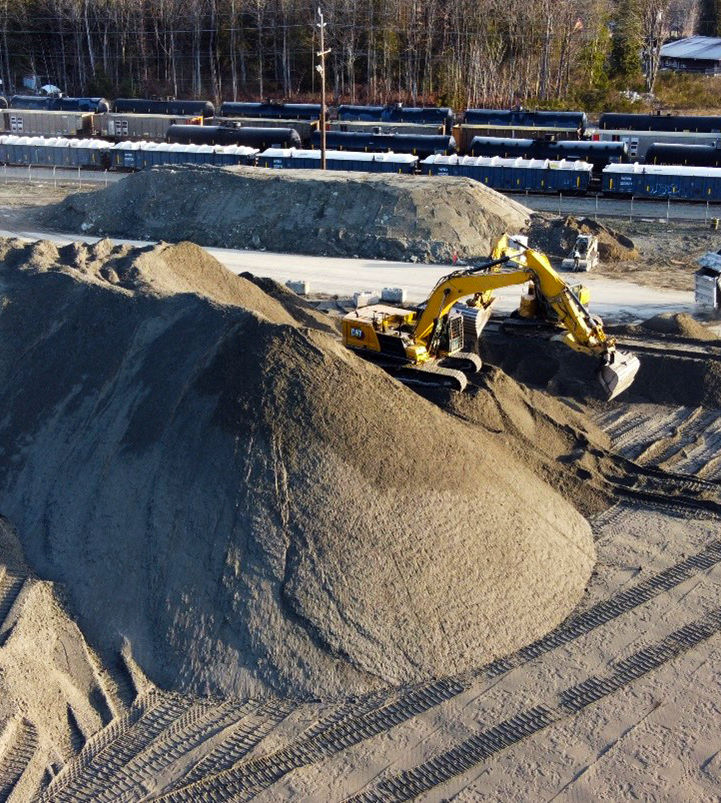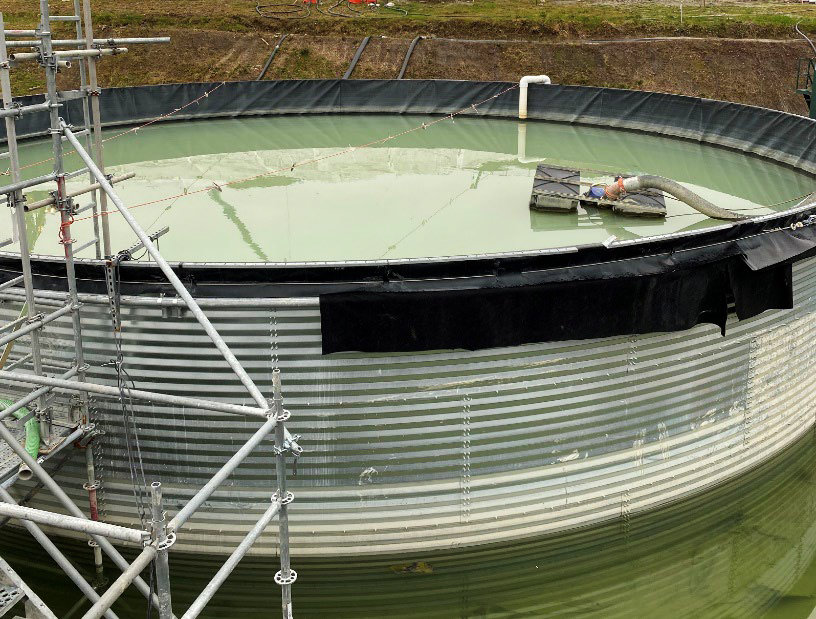| CLIENT | Clark Builders |
| LOCATIONS | Yellowknife, NT |
| SERVICES | Environmental Projects |
| CONTRACT VALUE | $3.5M |
| SCHEDULE | Start Date: August 2019 End Date: January 2020 |
PROJECT PROFILE
KBL was contracted to provided hazardous material abatement and interior demolition services for the renovation and repurposing of the Stanton Legacy Hospital located in Yellowknife, NT.
SCOPE OF WORK
The Stanton Legacy Hospital project included hazardous materials abatement and selective interior demolition for three floors totaling more than 120,000 square feet (sq.ft.).
Hazardous material abatement scope:
- 15,000 sq.ft. drywall with lead containing paint
- 17,000 sq.ft. drywall with lead tiling
- 4,500 sq.ft lead tiling mounted on cinder block
- 589 doors and frames with lead containing paint
- 3,000 sq.ft. lead lined radiation room walls
- 120,000 sq.ft. <1% asbestos ducting
- Asbestos caulking from exterior of 204 windows
The abatement of hazardous building materials were completed in accordance with all WSCC, OH&S, and NWT environmental regulations.
Interior demolition scope:
- Demolition of all interior ceilings, bulkheads, drywall, wall studs, flooring and finishes
- 1,125 tonnes mixed debris
- 350 tonnes concrete debris
- 225 tonnes metal recycled
We used a combination of labour and mechanical force to segregate debris onsite maximizing the recyclability of waste and salvage value. Material was loaded in disposal bins via two 50’ waste chutes. Initially, the concrete cinder block was to be crushed for re-use but due to the presence of lead containing paint the material was transported to landfill for proper disposal.
PROJECT CHALLENGES
Contract award: Previous contracts with the client resulted in the demolition and abatement contracts being awarded separately for different clients. During the initial site visit, the hospital was active and had limited access which prevented the client’s consultant from performing a thorough hazardous material survey. We provided several pricing options with a differing scope of work to the client for evaluation and given one week notice for mobilization after winning demolition contract while the abatement contract award still pending.
Local Labour: We worked with the local labour force in Yellowknife to complete the selective interior demolition work and provided additional operator training. A major challenge was an unpredictable workforce which caused inconsistent daily production.
Hazardous Materials: Additional asbestos and lead containing materials were uncovered and/or volumes recalculated as the demolition work progressed. By working in a systematic manner, we were able to maintain an adaptive approach while maintaining timely and open communication with the client allowing the project to expand the original hazmat abatement scope tenfold.
Subtrade Coordination: We required extensive coordination with the client’s electrical and mechanical sub-trades to complete our work safely and efficiently. Throughout the project, we adapted our sequence of activities to accommodate mechanical isolation and capping. Therefore, we were able to minimize the impact to production through daily communication with both the client and their sub-trades.




